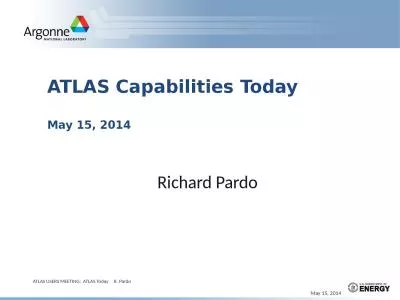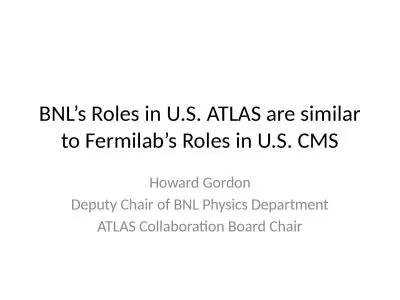PPT-ATLAS Pixel Upgrade Phase 0 (IBL)
Author : pamella-moone | Published Date : 2016-04-20
ACES Workshop 2014 1820032014 CERN T Flick University Wuppertal f or the IBL collaboration ATLAS Phase 0 Upgrade Insertable B Layer For phase 0 upgrade in ATLAS
Presentation Embed Code
Download Presentation
Download Presentation The PPT/PDF document "ATLAS Pixel Upgrade Phase 0 (IBL)" is the property of its rightful owner. Permission is granted to download and print the materials on this website for personal, non-commercial use only, and to display it on your personal computer provided you do not modify the materials and that you retain all copyright notices contained in the materials. By downloading content from our website, you accept the terms of this agreement.
ATLAS Pixel Upgrade Phase 0 (IBL): Transcript
Download Rules Of Document
"ATLAS Pixel Upgrade Phase 0 (IBL)"The content belongs to its owner. You may download and print it for personal use, without modification, and keep all copyright notices. By downloading, you agree to these terms.
Related Documents

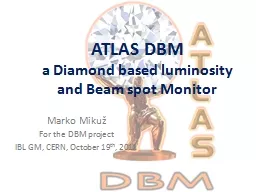
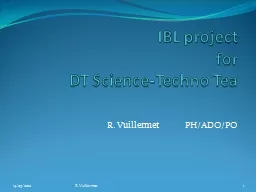
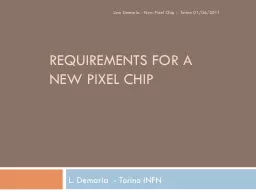


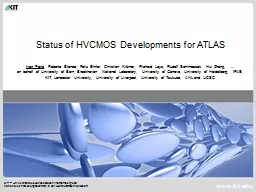
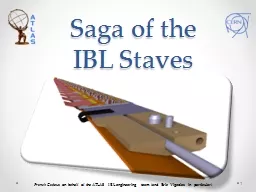
![[DOWNLOAD] - Anatomy: A Photographic Atlas (Color Atlas of Anatomy a Photographic Study](https://thumbs.docslides.com/905131/download-anatomy-a-photographic-atlas-color-atlas-of-anatomy-a-photographic-study-of-the-human-body.jpg)
